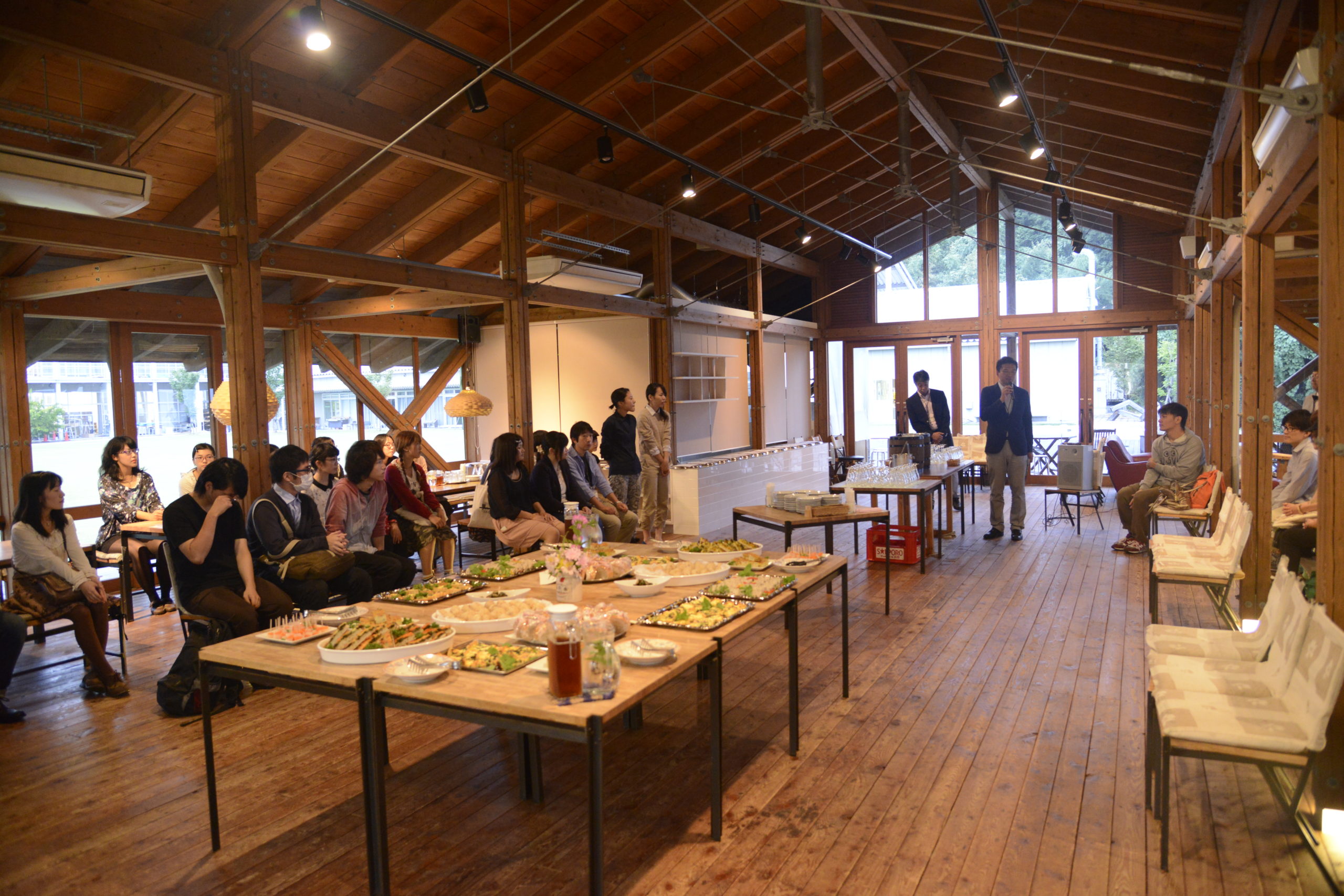
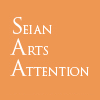
SEIAN ARTS ATTENTION Vol.6
現代における信仰とは?「私の神さま|あなたの神さま」オープニングパーティ
2014年10月3日[金]
17:00—19:00(キャンパスが美術館)
20:00—21:00(ホテル アンテルーム 京都)


セイアンアーツアテンションは、成安造形大学が運営する「キャンパスが美術館」のメイン企画として、全9つのギャラリーを使って、年2回開催する総合芸術祭です。VOL.0を含めて7回目となる今回は、本学客員教授でもあり森美術館アソシエイト・キュレーターの椿玲子氏をキュレーターにお招きし開催致します。
-現代における信仰とは?-「私の神さま | あなたの神さま」のタイトルのもと、既に作家として活躍中のアーティスト7名に加え本学の学生15名が、近接する三井寺、比叡山延暦寺、日吉大社などを訪れ、美術の源流やその背後にある地政学、さらに現代における信仰の対象を考察する中で浮かび上がってきたものから作り出された作品を展示致します。
会場は、「キャンパスが美術館」だけでなく、開祖生誕1200年祭を迎える三井寺、ホテル アンテルーム 京都(ギャラリー9.5)の3つの会場で行います。是非3会場で計23名もの作家による作品をご高覧ください。
成安造形大学【キャンパスが美術館】
現代における信仰、自分にとっての神さまとは何か、また美術とはどういうものか、みなさんは考えたことがありますか?
本展は、滋賀県にある成安造形大学に近接する三井寺(園城寺)、比叡山延暦寺、日吉大社などを実際に訪れ、美術の源流やその背後にある地政学、さらに現代における信仰の対象を考察する中で浮かび上がってきたものを、本学の学生15名に加え、既に作家として活躍中のアーティスト7名によって表現するものです。
天台宗寺門派の総本山三井寺、天台宗山門派の総本山の比叡山延暦寺、日吉・日枝・山王神社の総本社である日吉大社は、美術の原初的なあり方を伺い知ることのできる宝庫でもあります。美術は、本来、宗教建築の一部として発達したものであり、寺社仏閣では本堂(宮)への導線や神仏を具現化した神像・仏像を始めとして、神聖な体験を訪問者に与えるための様々な装置、手法が駆使されてきたからです。
これら三本山(社)建立の背景には、7世紀の朝鮮半島において新羅に百済が敗北したことに起因する飛鳥宮から近江大津宮への遷都があります。 日吉大社は古くは(ひえ/比叡)と読まれ、比叡山と深い繋がりがあり、神仏混合の中で比叡山の守護神的な役割を担ってきました。 一方、三井寺と比叡山延暦寺はかつて対抗関係にありました。 このように、宗教の背後にある力学、地政学について考えることは、西欧では16世紀ルネッサンス期に宗教から独立したとされる美術のあり方についても考えるきっかけとなるでしょう。
また「現代における信仰」を考えることは、現代における価値観について考えることでもあります。 近代以降の資本主義社会と直線的な時間軸は、資本を神のように仰ぐ拝金主義や「時は金なり」といった諺にも伺えるように、全てが有益であるかどうかで判断される価値観を生み出しました。 しかし、世界的に見られる冷戦構造の復活や経済戦争と絡んだ各国の右傾化は、3.11東日本大震災における絶対的な自然の脅威と人間が作り出した放射能の恐怖と共に、資本主義的価値観や国家優先型価値観への疑問を提起するでしょう。
本展の展示は、成安造形大学が運営する「キャンパスが美術館」だけでなく、開祖生誕1200年祭を迎える三井寺、ホテルアンテルーム京都の3つの会場で行われます。 本展が、現代の日本社会と私たち個々人にとっての神仏的存在について考えるきっかけとなり、新しい価値観の可能性を提示するものとなることを願います。
--------
椿玲子|Reiko TSUBAKI[ キュレーター]
成安造形大学 客員教授 | 森美術館アソシエイト・キュレーター
Have you ever given any thought to what faith means in the context of our contemporary society? Or else about what the idea of a deity means for you? How about what exactly art is?
With a view to thinking more on these issues, fifteen art students and seven established artists visited some of the temples and shrines near Seian University of Art and Design in Shiga Prefecture, including Mii-dera (officially Onjoji) Temple, Hiei-zan Enryaku-ji Temple and Hiyoshi Taisha Shrine. This exhibition showcases the works that arose out of the various reflections these visits sparked off: reflections on the various artistic styles encountered and their wider geopolitical context, as well as new perspectives on the religious subject as it occurs within contemporary art.
The shrines and temples in this area are of great historical significance, with Mii-dera named as head temple of the Tendai Jimon sect of Buddhism, Hiei-zan Enryaku-ji as head of the Tendai Sanmon sect, and Hiyoshi Taisha the head shrine of the Sanno branch of Shinto. Yet all three also serve as veritable treasure chests through which we can garner a sense of art's earliest origins. Art evolved, after all, as one element of religious architecture. Starting with markers for the paths leading through to the main hall of a temple or shrine, and the statues of deities and Buddhas intended to be actual instantiations of the particular figures they represent, a close examination of these religious buildings reveals a great range of different architectural and decorative devices and techniques, all incorporated with the ultimate aim of providing their visitors with a spiritual encounter.
The origin of these three head temples and shrines in close proximity to one another dates back to the seventh century, when the Japanese lost the Battle of Baekgang they were fighting with Baekje, one of the Three Kingdoms of Korea, to Silla, another of the three Kingdoms. Consequently, the Emperor's place of residence, and hence the nation's capital, moved from Asuka no Miya Palace (present day Nara Prefecture) to Omi no Miya Palace in Shiga Prefecture. It is said that Hiyoshi Taisha used to be known as 'Hie', illustrating its close ties with Hiei-zan (Mount Hiei). Indeed, in the days when Buddhism and Shinto were not clearly demarcated, it functioned as the shrine dedicated to the mountain's guardian deity. It is also worth noting that Mii-dera and Hiei-zan Enryaku-ji, now sister temples, were once rivals. In considering the power dynamics and geopolitics lying in the background of these buildings, we might also make the connection with the sixteenth century and the Renaissance in Western Europe, commonly perceived as the time when art first became independent from religion.
Contemplating the issue of faith in contemporary society also means questioning contemporary values. Modernity has brought us capitalist society and a linear timeframe, and these, in turn, have given rise to a value system whereby a thing's worth is judged purely upon whether or not it can generate a profit. Perhaps the clearest illustrations of this come from the often seen examples of unashamed money worship, and the oft-quoted 'time is money'. However, these values are brought into question by the reinstatement of hostilities across the world that hark back to the Cold War and the shift to the political right of those countries participating in financially driven conflict, not to mention the fears of both the sheer might of nature and the man-made dangers associated with nuclear radiation stirred up by the 2011 Tohoku earthquake and tsunami. These events should surely make us question the soundness of capitalist and nationalist worldviews.
This venue for this exhibition is not only Seian University of Art and Design's Seian Art Center, but also Mii-dera, currently celebrating the 1,200-year anniversary of its foundation, and the Hotel Anteroom Kyoto. We hope that it provides viewers an opportunity to ponder spiritual questions as they affect contemporary Japanese society and individual members of society, and perhaps points towards the possibility of a new sense of value.
* Seian Art Center is based on the concept of 'The Campus as Art Museum' and offers people a more interactive experience of art by being spread around the university campus. The project opened in October 2010, to celebrate the 90th anniversary of the foundation of Kyoto Seian Gakuen. There are nine gallery spaces across the campus showing exhibitions all year round.
--------
Reiko TSUBAKI [Curator]
Guest Professor at Seian University of Art and Design|Associate Curator at Mori Art Museum


2014年10月3日[金]
17:00—19:00(キャンパスが美術館)
20:00—21:00(ホテル アンテルーム 京都)
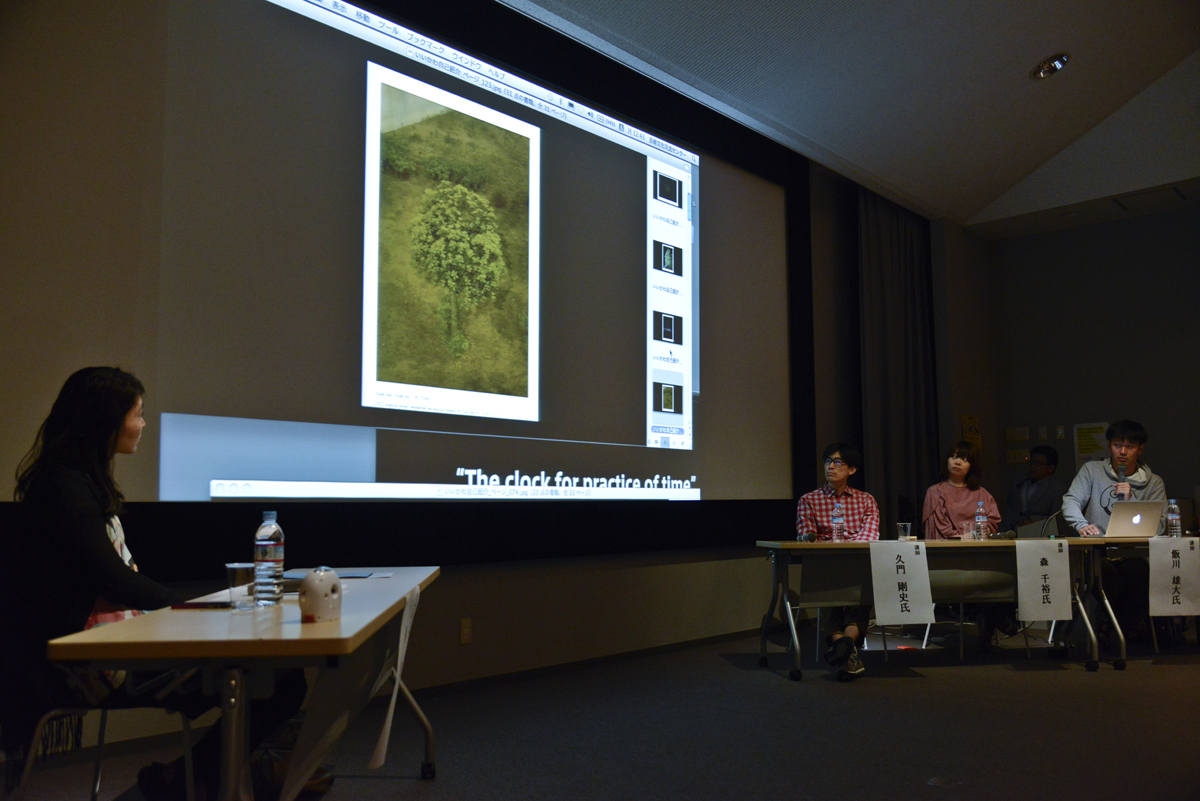

2014年10月4日[土]
13:35—15:05
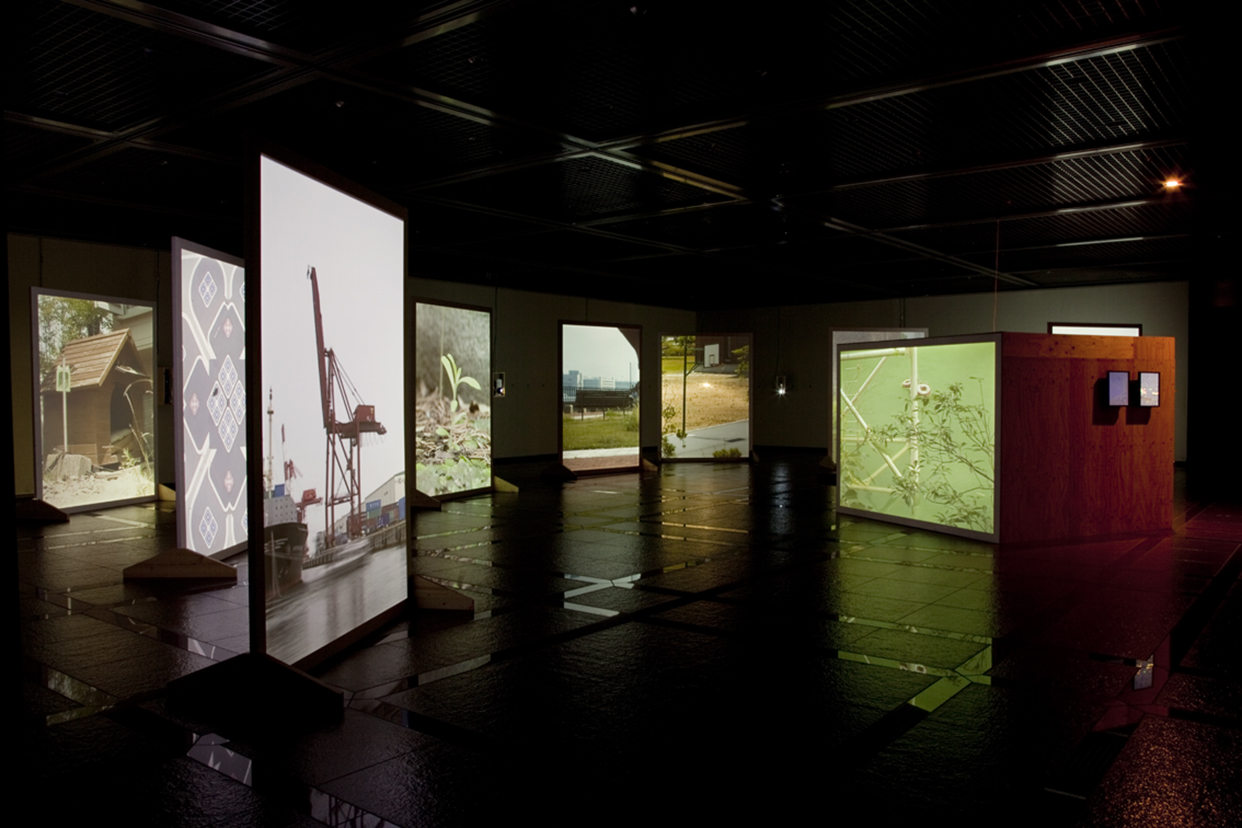

00G203教室
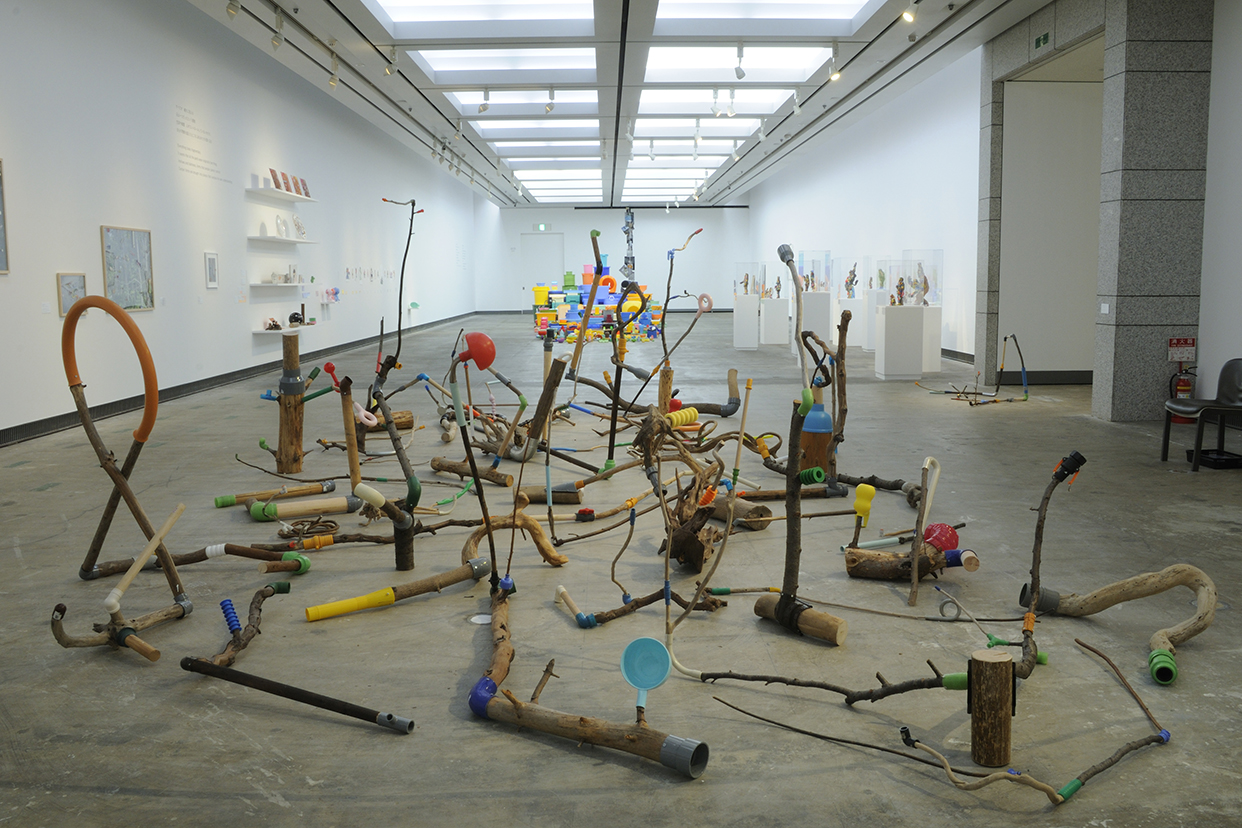

-三井寺


04ライトギャラリー


05ギャラリーアートサイト
-三井寺


05ギャラリーアートサイト
-三井寺
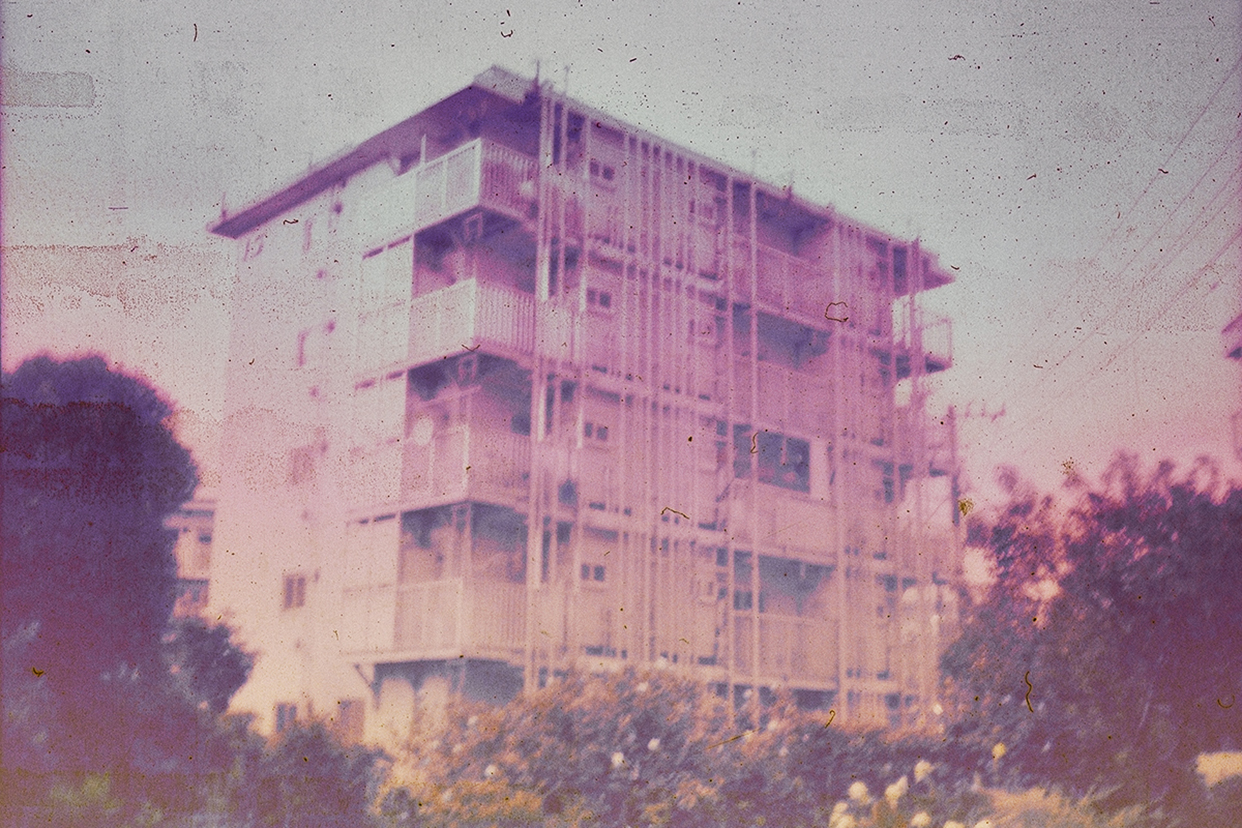

-ホテル アンテルーム 京都(Gallery 9.5)
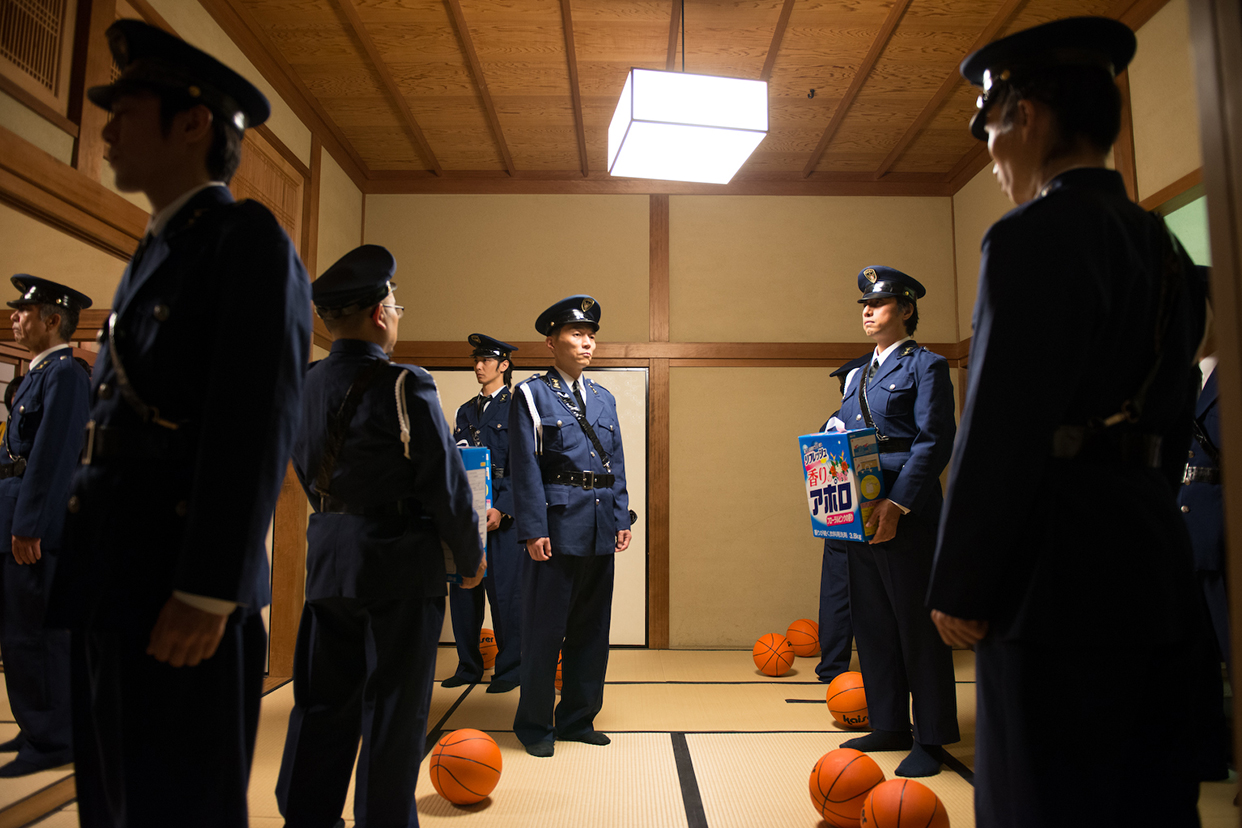

07ギャラリーキューブ
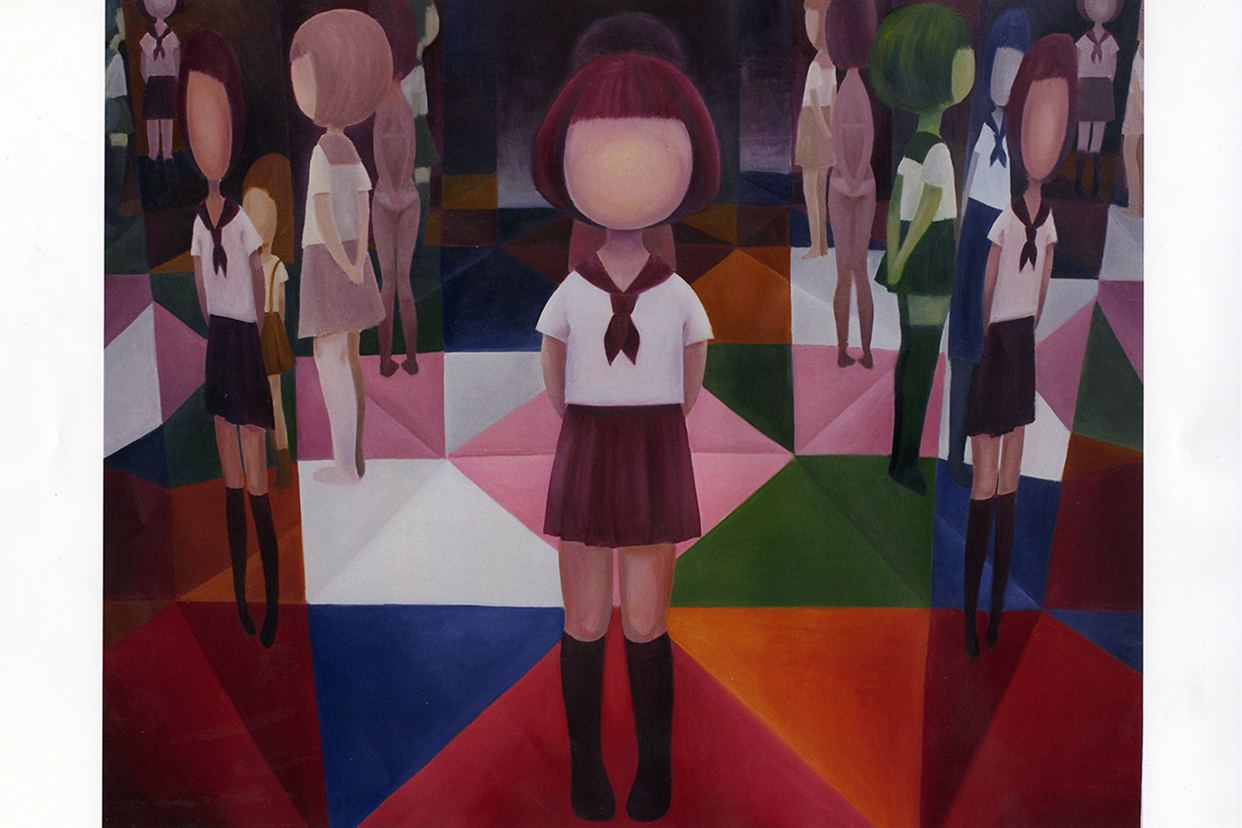

00その他
2014 秋の芸術月間 セイアンアーツアテンション Vol.6 現代における信仰とは?「私の神さま|あなたの神さま」
| 会 期| | 2014年10月3日[金]—11月23日[日]12:00—18:00 |
|---|
| 休館日| | 成安造形大学【キャンパスが美術館】のみ月曜日 *ただし10月13日、11月3日[月祝]は開館、 10月14日[火]、11月4日[火]、11月12日[水]—14日[金]休館 |
|---|
| 会 場| | 成安造形大学【キャンパスが美術館】
|
|---|
| 入場料| | 無料 *ただし、三井寺のみ拝観料 大人500円|中高生300円|小学生200円が必要 |
|---|
| 主 催| | 成安造形大学【キャンパスが美術館】 |
|---|
| 協 力| | 三井寺、HOTEL ANTEROOM KYOTO、アンスティチュ・フランセ関西、 NECディスプレイソリューションズ |
|---|
| 後 援| | 滋賀県、大津市、滋賀県教育委員会、大津市教育委員会、 文化・経済フォーラム滋賀 |
|---|